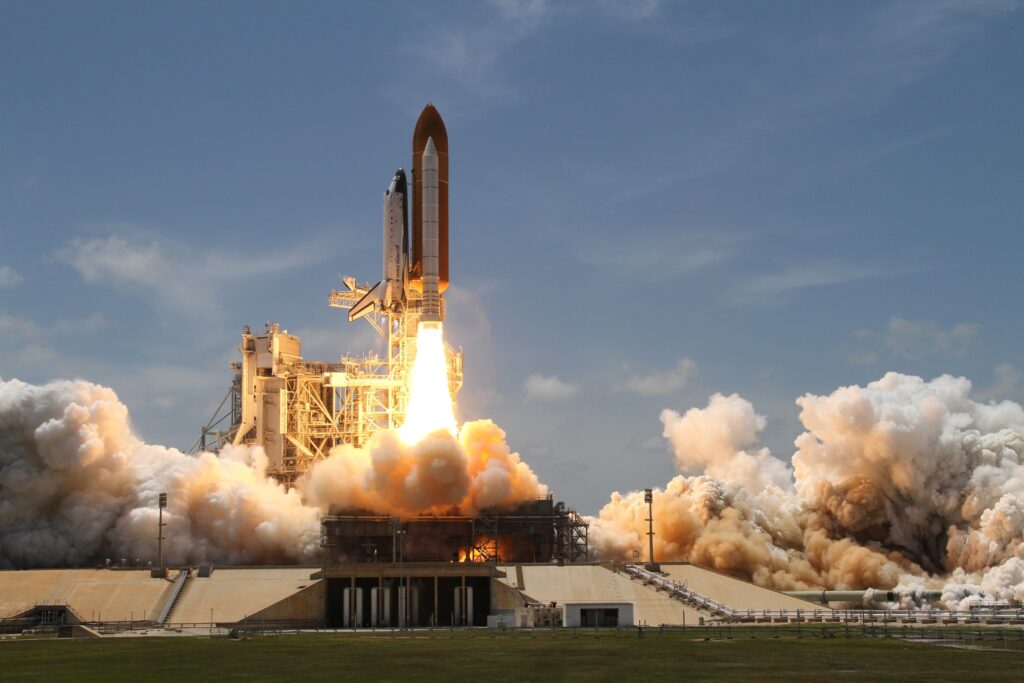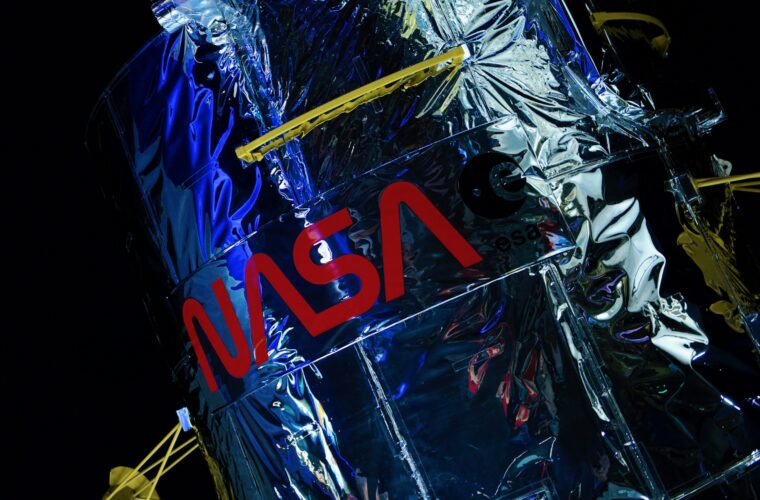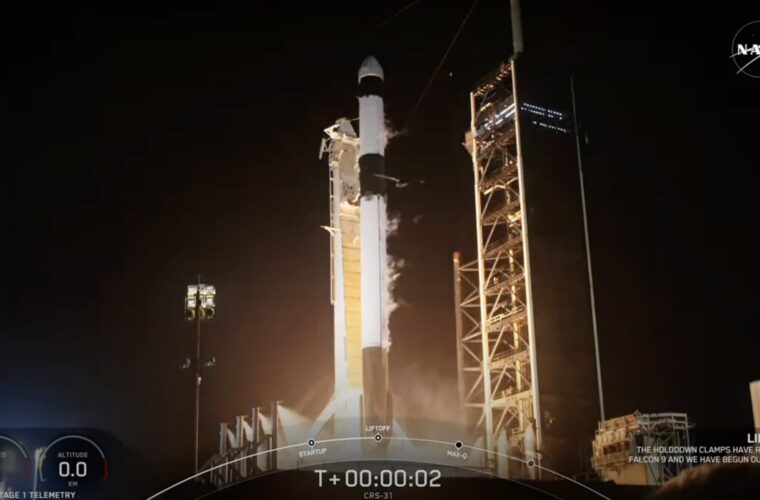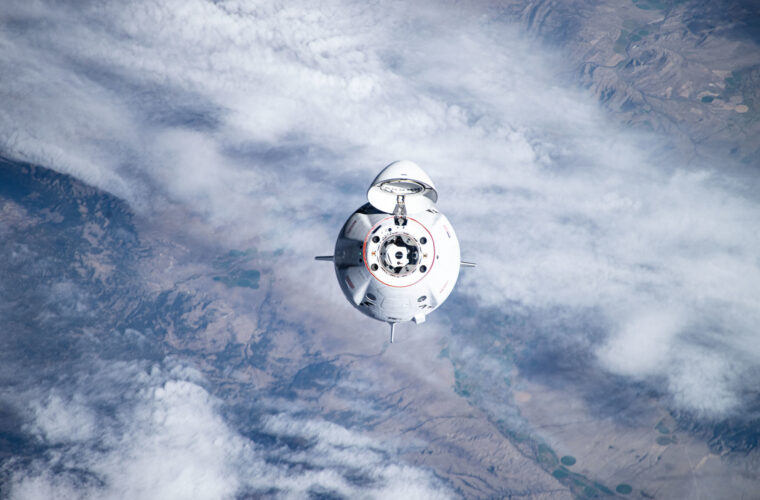In a leap for space exploration, NASA’s Psyche mission is now on its way to a six-year journey to one of the most enigmatic worlds in the asteroid belt between Mars and Jupiter., following a flawless Falcon Heavy launch on October 13. This monumental event marks the Falcon Heavy’s eighth launch and its inaugural mission in collaboration with NASA.
The SpaceX Falcon Heavy rocket, soaring from Florida’s Kennedy Space Center, lifted off at 10:19 a.m. Eastern. Approximately 62 minutes post-liftoff, NASA’s Psyche spacecraft successfully detached from the upper stage. NASA swiftly established two-way communications with the probe at 11:50 a.m. Eastern, affirming its impeccable condition during the initial post-launch phase.
About the Mission
Psyche, classified as a Discovery-class planetary science mission, has set its sights on a celestial body located within the main asteroid belt, also named Psyche. This asteroid holds the potential to be the remnant core of a once larger entity, its outer layers stripped away through cosmic evolution.
As the Psyche spacecraft journeys toward this asteroid, it will conduct a pioneering technology demonstration. Aboard the spacecraft lies the Deep Space Optical Communications payload, which will push the boundaries of interplanetary communication by testing the viability of utilizing lasers for high-bandwidth data transmission across immense cosmic distances.
The spacecraft, equipped with a camera, gamma-ray and neutron spectrometer, and magnetometer, will meticulously measure the asteroid’s properties at progressively lower altitudes, shedding light on its enigmatic history.

Technical Obstacles
Critical adjustments to the spacecraft’s cold-gas thrusters were made after engineers identified concerns with their operating temperature. These alterations, as explained by Henry Stone, Psyche project manager at the Jet Propulsion Laboratory, were vital in preventing potential thruster overheating, a risk that could have jeopardized the mission.
These adjustments, though affecting certain timeline margins, will not impede Psyche’s operations once it reaches the asteroid. The launch, rescheduled for October 12 due to weather conditions, successfully launched on October 13, concluding a launch period that extended until October 25.
Delays and Corrections
Initially slated for August 2022, the Psyche mission encountered setbacks stemming from flight software testing delays. An independent review unearthed broader institutional challenges at NASA’s Jet Propulsion Laboratory (JPL). These issues, though rectified, exerted an impact on the mission’s timeline and budget, resulting in a 20% cost escalation.
The delay rippled through other projects, notably affecting the Janus smallsat mission, which was set to accompany Psyche. Regrettably, Janus could no longer fulfil its original mission objectives. In response, NASA announced the cancellation of Janus and placed the completed spacecraft in storage.
The institutional issues at JPL also prompted the delay of the next Discovery-class mission under development, VERITAS, which is now slated for launch by 2031.
Despite the challenges, the Psyche mission promises to deliver groundbreaking discoveries. Scheduled to reach the Psyche asteroid in 2029, the spacecraft will spend 26 months conducting detailed observations from various orbits. This mission will provide invaluable insights into the origins and composition of Psyche, a new world to be explored in our solar system.



